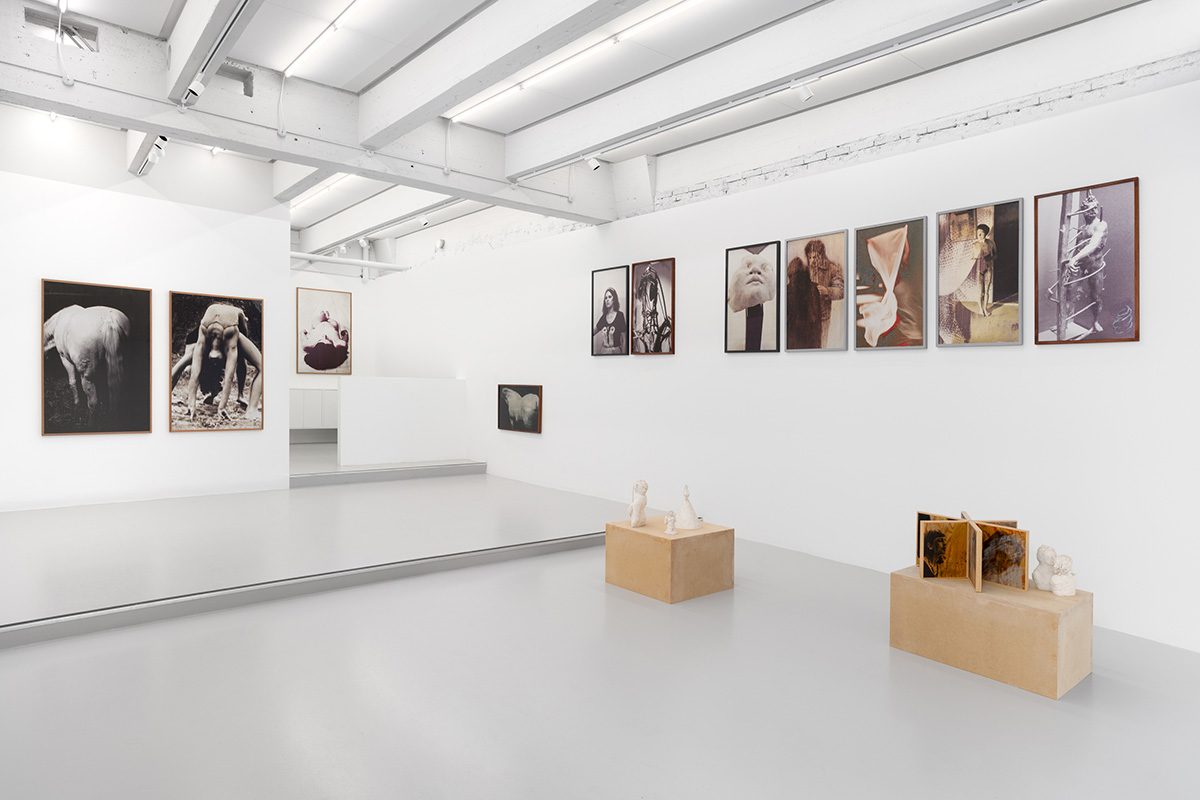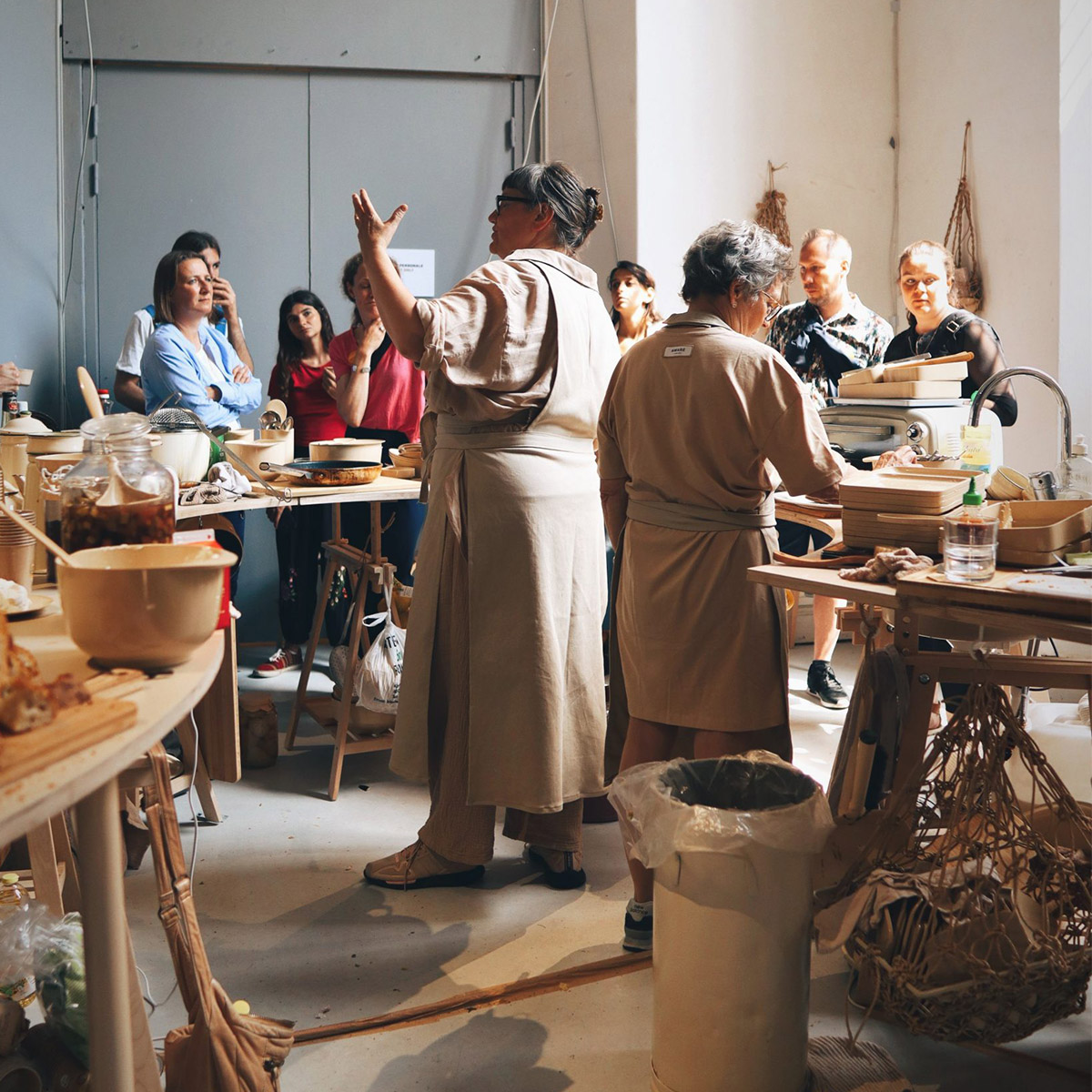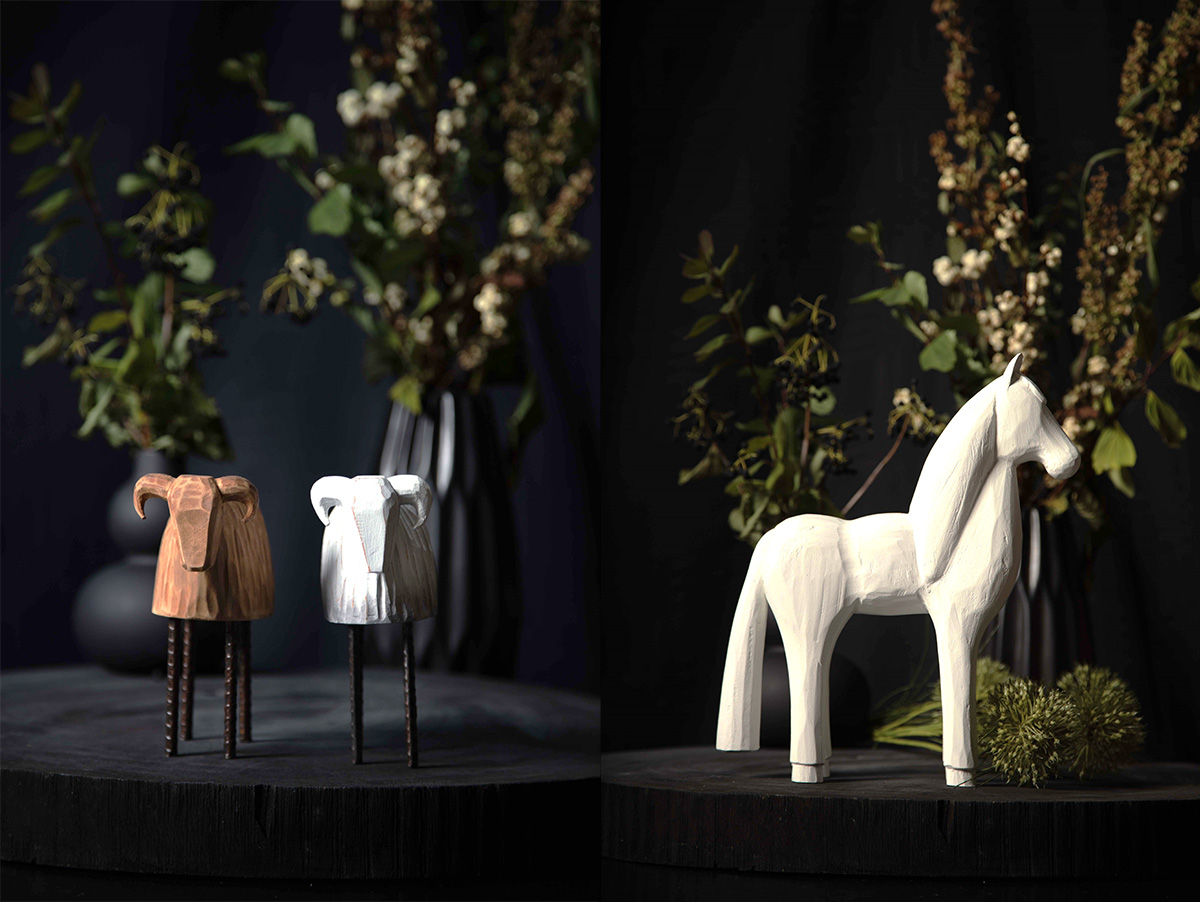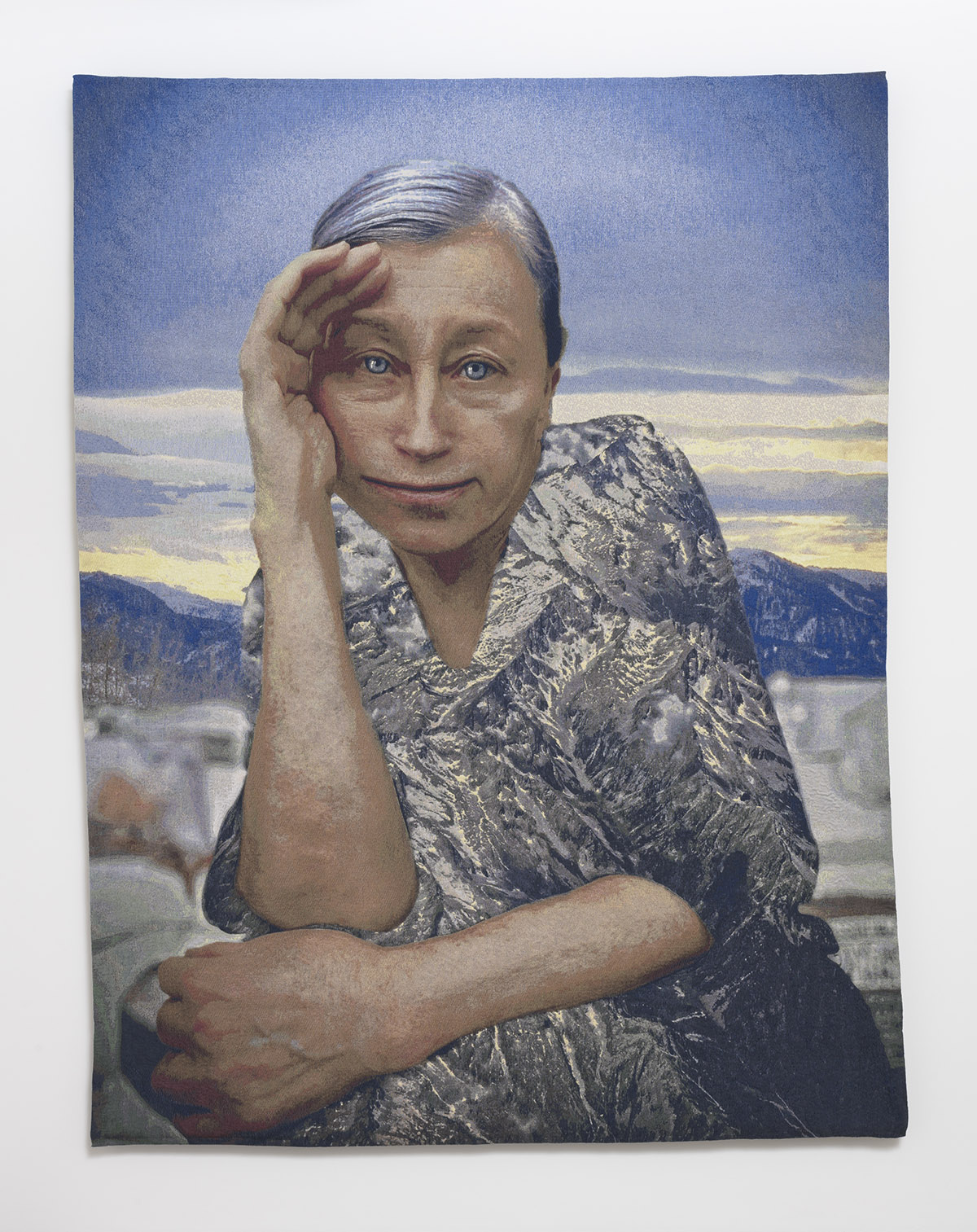Ragnhild Monsen: Letting the invisible thread form her art
Text: Ingrid Opstad | Photos: Ragnhild Monsen

Notodden Exhibition. Photo: Marek Padowski
For over 40 years, the leading Norwegian artist Ragnhild Monsen has created beautiful and colourful textile art inspired by nature. Through the process of long nature walking tours and entering an almost meditative state, the artist uses the old traditions of weaving in symbolic ways to create charged, energetic visualisations of general human experiences.
The leading philosopher and influential thinker, Arthur Schopenhauer, wrote ‘… it is as though an invisible thread had run through my life…’. This metaphor of the invisible thread permeates much of the thinking of mankind through the ages, whether it is found in Japanese folklore, the work of Western thinkers and writers like Nietzsche and Melville, or ancient Chinese proverbs. All these speak of a common concept: threads are our clothes; invisible threads bind humanity and even connect the seemingly random experiences of our lives.
The long established and respected textile artist from northern Norway, Ragnhild Monsen, takes this metaphor and materialises it by giving it form, embellishing it with colour and texture, while allowing us to touch and feel it as a tangible reality; expressing human sub-conscious symbolisms in abstract forms that speak of a commonality of cultures and in an intellectually frustrating manner appeal to our deepest senses, usually without us consciously knowing why.
The weaving loom, present from early memories
Born and raised in the northern town of Rognan in Saltdal, Monsen was an active and energetic, sporty person. This interest eventually led her to training as a gymnastics instructor. “I was always interested in being active, but I was also raised in a home where the weaving loom was present in the living room and my mother was very fond of weaving and knitting, so I was introduced to art early on,” she explains. The compulsion to weave and work with textile art eventually made her leave her job as a gymnastics instructor to study textile art. “Tapestry has a very long tradition in many cultures throughout history, and there is something very personal and symbiotic about textile art,” she says.
After studying weaving techniques and the science of dying yarn for three years at Norwegian state college, Monsen launched into her artistic carrier by being selected as an assistant to the famous Synnove Anker Aurdal. “Aurdal was at the time the foremost artist in this field, and she brought the art form from the traditional to the modern times. I learnt a lot from working with her,” Monsen recalls. “In today’s society, when everything is going by so fast, I enjoy sitting down and using the old tapestry techniques. Hand weaving is slow, and it reminds us to not rush.”

A cocoon of her own subconscious
Monsen soon came to realise that, like the silk moth, she was required to go into what she describes as a cocoon of her own subconscious and let the invisible thread form ideas that were to become reality in her work. This has been, and still is, her method of working throughout her whole creative life. She has followed the almost mystical process of allowing a concept to form without the precondition of her own thought limitations.
When composing a work, she goes into an almost meditative state, sensing the environment in which the work will be located and allowing that environment to dictate the pathway to the woven or constructed reality. She will often spend many days in a place, allowing the location to absorb her and finding a harmony of intentions before starting the creative process. “Sometimes, I have even spent the night in a location to walk around at night; it helps me to really get a sense of the place,” the artist says. “The finished expression of the piece of art is always influenced by the surroundings and what I capture from them.”


Inspired by nature
Driven by a stamina that allows her to take pilgrimage walks – for example, from Sundsvall in Sweden to Trondheim in Norway, covering over 560 kilometres in 30 days – Monsen explains that she finds her biggest inspiration through nature. These tours are not simply embarked upon to discover the magnificence of the scenery along the routes, but the ambiance of the experiences become treasures of one’s memory, with repositories of colour and form, which become tools of the subconscious that inspire her creativity. “Nature is very important to me, and to just walk for days by yourself in silence has an empowering effect,” she says.
Dualism in the form of opposites helps form a thread through Monsen’s art. Life and death, light and darkness, femininity and masculinity – these are basic and recurring themes found in her works. She creates charged, energetic visualisations of general human experiences resulting in democratic art that increases the recognition for the audience.
Monsen’s artistic universe surrounds itself with common denominators in the form of expressive, visual structures. About her art, the artist explains that she does not believe she has a coherent style. “Since I have a long career, things have changed along the way and I have always tried to be innovative instead of sticking to one specific expression and style,” she says. “My work is not completely naturalistic, but it takes a lot of elements from nature. For example, Understrømmen (meaning ‘undercurrent’), which is the title of one of my pieces, points to nature but also talks about the psychological aspect of the word.”

Icon series
In addition to creating large tapestries and textile installation projects at, for instance, Sola Strand beach project and Oslo Cathedral, she has in the past two years played with ideas based upon the icon symbols found on smartphones on a smaller scale. The Icon series consists of textile expressions of self-awareness and character observations that are both playful and deeply profound. “The project started when I inherited a lot of materials from a friend of mine. There were lots of half-finished pieces, which I wanted to use in a new way,” Monsen says. The idea behind it is to find the connection between the old, religious Orthodox icons and the modern icons we find today on our mobile phones. The result is an ongoing project that so far includes 30 to 40 different smaller works.
Over the last 40 years, Monsen’s works have been commissioned for spaces such as hospitals, schools, churches, banks, businesses, army camps, elderly care facilities and even an oil platform. The artist has exhibited in 11 countries as far afield as Japan and Canada, and had an enormous amount of exhibitions in Scandinavia and, of course, in her native Norway. This year alone, she has had five solo exhibitions. In addition, her art has been studied by over 40,000 students in art and design around the UK as part of their curriculum for university admissions. “I am turning 71 this year and am still as excited about being able to work with textile art as I was when I started,” she smiles, and adds: “It is becoming trendy again to create and to reuse old materials. I see a big rise in people wanting to learn these old art forms, which makes me really happy.”

Web: www.ragnhild-monsen.com Email: ragnhild-monsen@gmail.com
Subscribe to Our Newsletter
Receive our monthly newsletter by email





